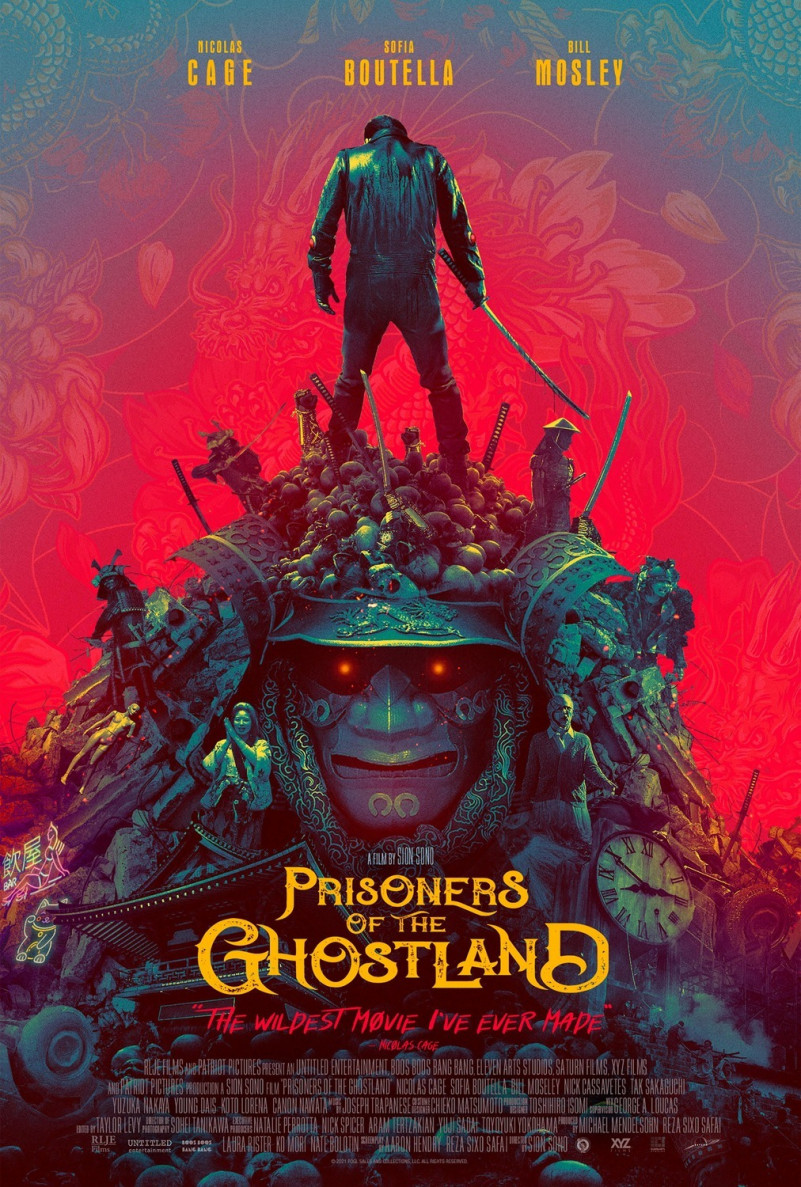

This week, on Slate, Osita Nwanevu defended the idiosyncratic house as “A Distillation of the American Dream.” “In 2001, the Synkovs bought an 11-room house at 24 Brentwood Drive in the tony town of Avon, Connecticut,” Nwaneyu writes. A house made of a jumble of different styles, with labyrinthine passages inside and a bafflingly illogical layout, feels slightly off, unwelcoming, “without concession to humanity.” The Happy Murder Castle, with its weird outgrowths, was one such place the House of Seven Gables, too, has an overpowering number of gables crammed onto its structure.Ī viral Zillow listing depicting a hideously decorated home ― also an art project by Nikolay Synkov ― has been knocking around Reddit for some time, drawing mockery. In Ghostland, Dickey neatly dissects not just the historical, but the visual and atmospheric elements that evoke a haunting ― off-kilter aspects that come together to create a sense of what we call the “uncanny.” More specifically, he refers back to Sigmund Freud’s concept of unheimlich, or “unhomely” in a haunted house, Dickey writes, we literally face “that which should be homey, should be welcoming ― the place one lives inside ― but which has somehow become emptied out of its true function.” This sense of wrongness can arise when a home is abandoned, but also when it’s constructed without regard to normal architectural and aesthetic standards. It’s not entirely as simple as making up a ghost story, of course. But this ghost story was circulated only to keep them away from a dangerous spot: “he wagon was in fact owned by a slave hunter, who would steal children and take them to Georgia to be sold, and her parents and other adults had invented the Dry Head and Bloody Bones ghost as a means of protecting them.” The children were told that it was inhabited by a ghost who hated young ones. One woman remembered being told, as a child, to keep away from a covered wagon that would appear in isolated areas of Tallahassee, where she lived. “In these stories, ghosts terrify, but embedded in the terror are cautionary tales,” he writes. Dickey points to slave narratives compiled by the Works Progress Administration in the 1930s, which collected vestiges of ghost stories from the time of slavery. Ghost stories have long been used in America, for good or ill, to circumscribe movement.

Unless an owner wants to convert her home or business into a haunted hotel or ghost mansion, selling tickets at the door, rumors of a haunting are likely to have a more negative impact, steering people clear of an area.


 0 kommentar(er)
0 kommentar(er)
